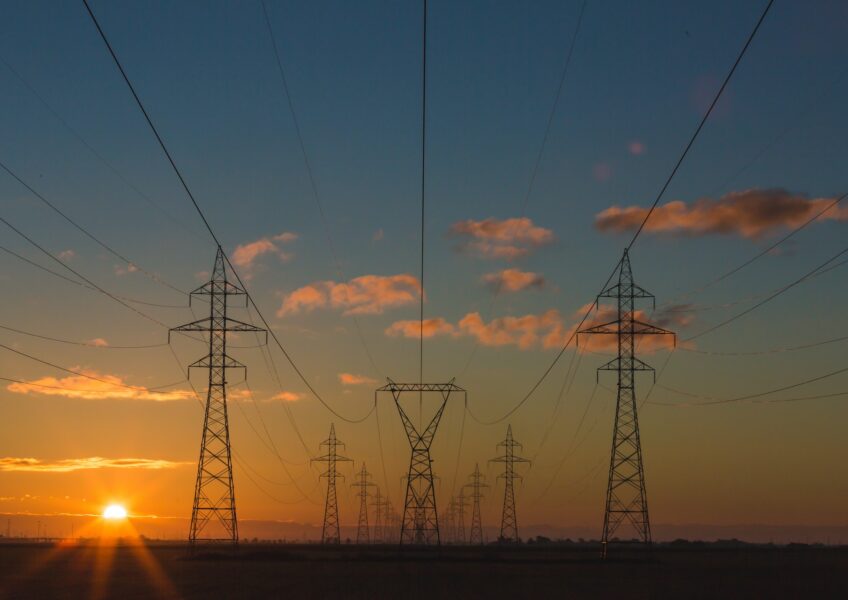Forensic Analysis in Renewable Energy Failures
Renewable energy is seen as the beacon of our future. With the world awakening to the urgent issues of climate change, the shift towards harnessing energy from wind, solar, hydro, and other renewable sources is more prevalent than ever. But like all innovations, they are not without their challenges. Failures in these systems, while infrequent, can have far-reaching implications. Delving into the causes of these failures is not just crucial for safety but essential for ensuring a consistent supply of energy.
The Promise of Renewables
Renewable energy sources stand out primarily because of their sustainability. Unlike finite fossil fuels, renewable resources like the sun and wind are inexhaustible. However, the mechanisms we’ve developed to harness this energy – be it solar panels or wind turbines – are susceptible to failure.
Common Causes of Failures
Failures in renewable energy systems can stem from multiple sources:
- Design Flaws: Wind turbines or solar panels not designed to withstand specific environmental conditions can face untimely wear and tear or structural damage.
- Material Defects: Quality matters. Using substandard or ill-suited materials can lead to premature degradation of the system, like the diminishing efficiency of solar panels due to inferior silicon.
- Operational Errors: Regular maintenance and adherence to operational guidelines are non-negotiable. Skipping these vital steps can lead to unexpected equipment malfunctions.
- Natural Events: Ironically, while designed to harness nature’s resources, severe natural events like storms or lightning can compromise these systems.
Role of Forensic Engineers
When faced with such failures, forensic engineers come to the forefront. Their meticulous approach involves:
- Analyzing the failed components
- Reviewing the operational conditions
- Studying maintenance logs
Their insights are invaluable. Not only can they pinpoint the exact cause of a malfunction, but their recommendations can lead to enhanced designs, the selection of better materials, and the establishment of improved operational procedures.
Towards a Greener Tomorrow
In a world rapidly pivoting to renewable energy, the consistent and efficient operation of these systems is paramount. Through the rigorous investigations of forensic engineering, past mistakes provide lessons for the future, ensuring renewable energy remains a dependable ally in our fight against climate change.




